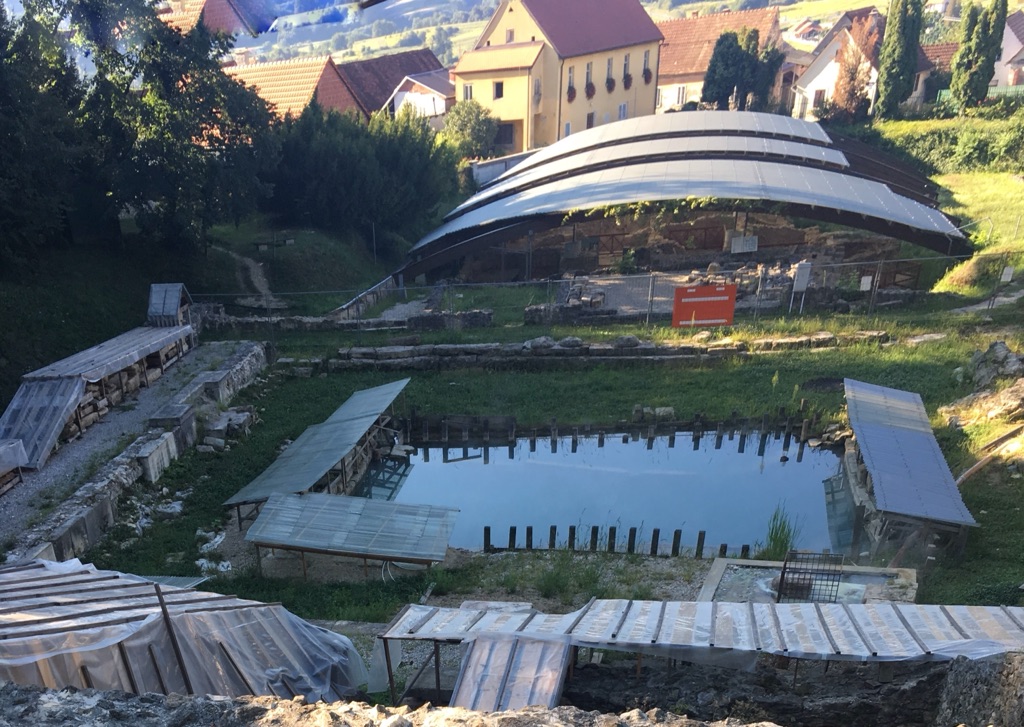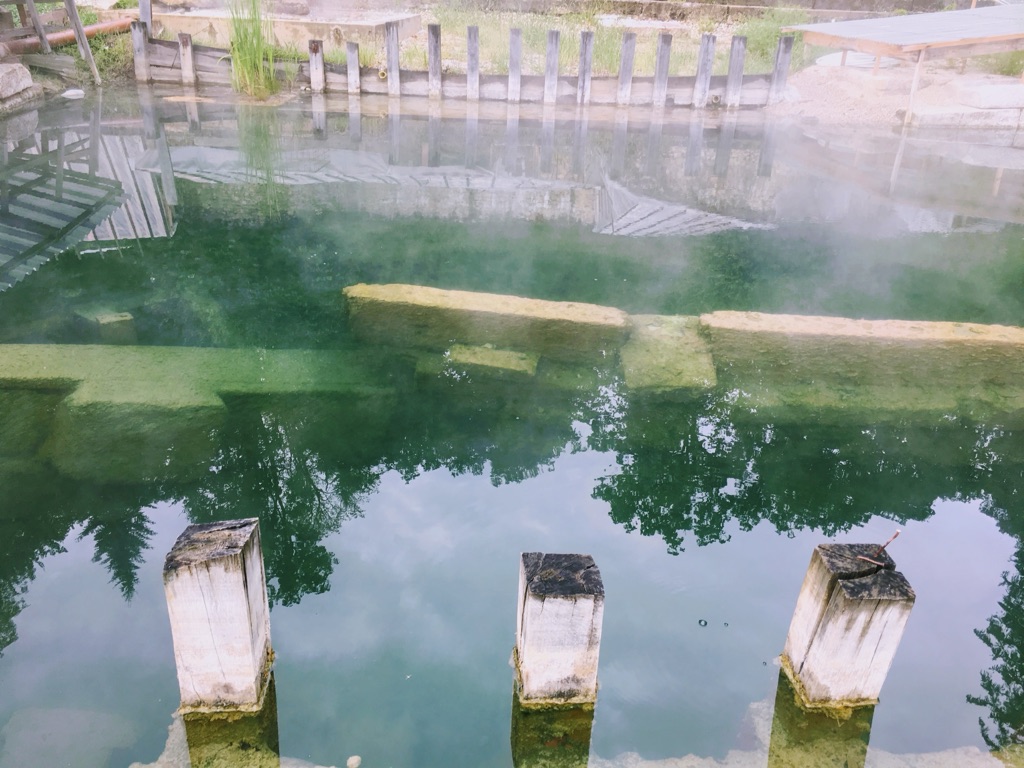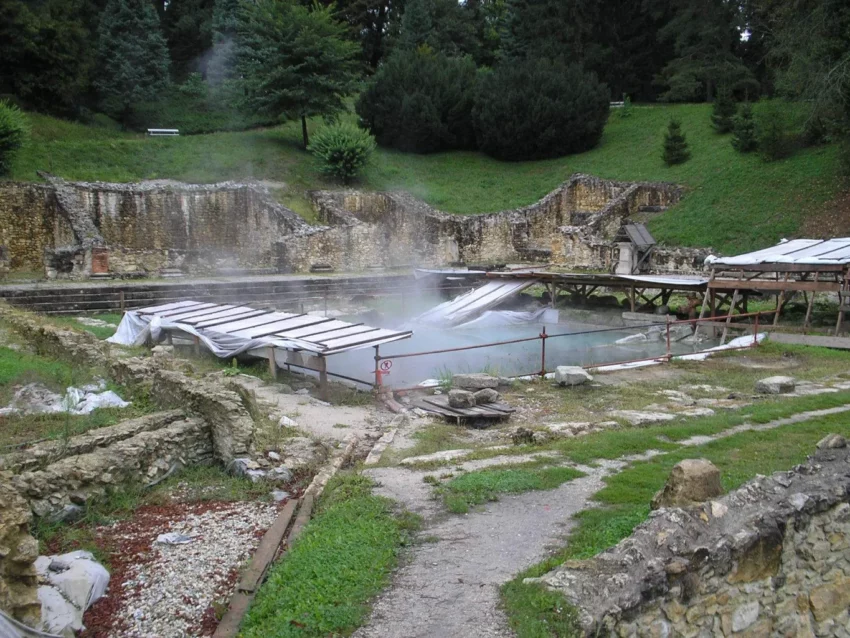Aquae Iasae, now known as Varaždinske Toplice, is a historical site located in northern Croatia. Renowned for its thermal springs, it has been a center of health and well-being since ancient times. The Romans developed it into a significant spa resort, which continued to attract visitors for centuries. The site’s archaeological remains tell a story of cultural exchange, healing traditions, and architectural innovation.
Get your dose of History via Email
Historical Background of Aquae Iasae
The discovery of Aquae Iasae dates back to the 18th century when local inhabitants stumbled upon Roman artifacts. Archaeological excavations began in the 19th century, revealing the site’s extensive history. The Romans, recognizing the therapeutic benefits of the thermal springs, established the spa in the 1st century AD. They named it Aquae Iasae after the local Illyrian tribe, the Iasi.
Notable figures, including the Roman historian Pliny the Elder, mentioned the healing waters of Aquae Iasae. The Romans built sophisticated bath complexes, temples, and other structures, making it a prominent destination for those seeking cures. After the fall of the Roman Empire, the site saw various inhabitants, including the Slavs and the Ottomans, each leaving their mark.
Throughout history, Aquae Iasae was more than just a spa. It was a melting pot of cultures and a witness to numerous historical events. During the Middle Ages, it was part of the defense system against the Ottoman Empire. Later, it became a part of the Habsburg Monarchy, reflecting the region’s shifting political landscapes.

In the 20th century, the site underwent a renaissance as a spa town, with modern facilities built atop ancient foundations. World War II brought destruction, but the post-war period saw restoration and renewed interest in the site’s historical and therapeutic significance.
Today, Aquae Iasae is a testament to its enduring appeal. It continues to draw visitors for its healing waters and rich history, bridging the gap between the past and the present.
About Aquae Iasae
Aquae Iasae boasts a rich architectural heritage, with remnants of Roman engineering prowess still visible. The thermal springs, the heart of the site, were harnessed through an intricate system of aqueducts and pools. The Romans constructed bath complexes using local materials and advanced techniques to ensure durability and functionality.
The main bath complex was a marvel of its time, featuring hypocaust systems for heating and sophisticated water management. The remains of temples and altars suggest a strong religious presence, indicating that the waters were considered sacred. Statues and inscriptions found at the site provide insight into the deities worshipped by visitors seeking healing.

Architectural highlights include the remnants of mosaic floors, marble cladding, and ornate sculptures. These elements showcase the luxury and importance of Aquae Iasae as a spa destination. The layout of the complex, with its public and private spaces, reflects the social dynamics of Roman leisure culture.
Over the centuries, the site underwent modifications, with each era contributing to its architectural tapestry. Medieval structures were built over Roman foundations, and modern facilities have incorporated ancient elements, creating a unique blend of old and new.
The preservation of Aquae Iasae’s architectural heritage is ongoing. Efforts to protect and restore the site ensure that future generations can appreciate its historical significance and architectural beauty.
Theories and Interpretations
The exact origins of Aquae Iasae’s thermal springs are shrouded in mystery. Some theories suggest that the Romans were not the first to discover the springs, with evidence pointing to pre-Roman use by the Illyrians. The site’s strategic location and natural resources may have attracted early settlers long before Roman colonization.
The purpose of Aquae Iasae has been interpreted through the lens of its healing waters. Theories abound regarding the range of ailments treated at the spa, from arthritis to infertility. The presence of medical instruments and votive offerings supports the idea of a holistic healing center, combining physical treatments with spiritual practices.
Some aspects of Aquae Iasae have required careful interpretation to match historical records. Inscriptions and artifacts provide clues to the identities of deities worshipped and the demographics of its visitors. These interpretations help paint a picture of daily life and cultural practices at the spa.
Dating of the site has been carried out using various methods, including stratigraphy and radiocarbon dating. These techniques have helped establish a timeline for the construction and development of the spa, as well as periods of decline and revival.
Despite extensive research, Aquae Iasae retains an air of mystery. Ongoing excavations and studies continue to uncover new information, challenging previous theories and enriching our understanding of this ancient spa.
At a glance
Country: Croatia
Civilization: Roman Empire
Age: Established in the 1st century AD
Conclusion and Sources
Reputable sources used in creating this article:
- Wikipedia: https://en.wikipedia.org/wiki/Aquae_Iasae

